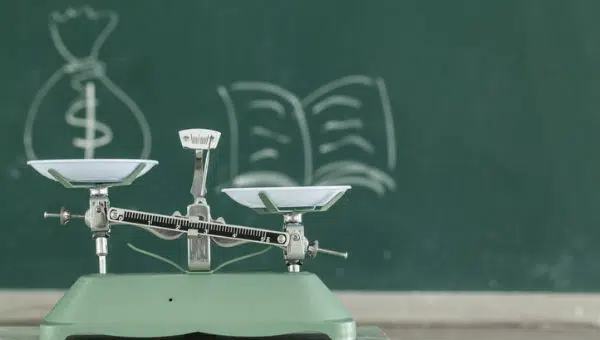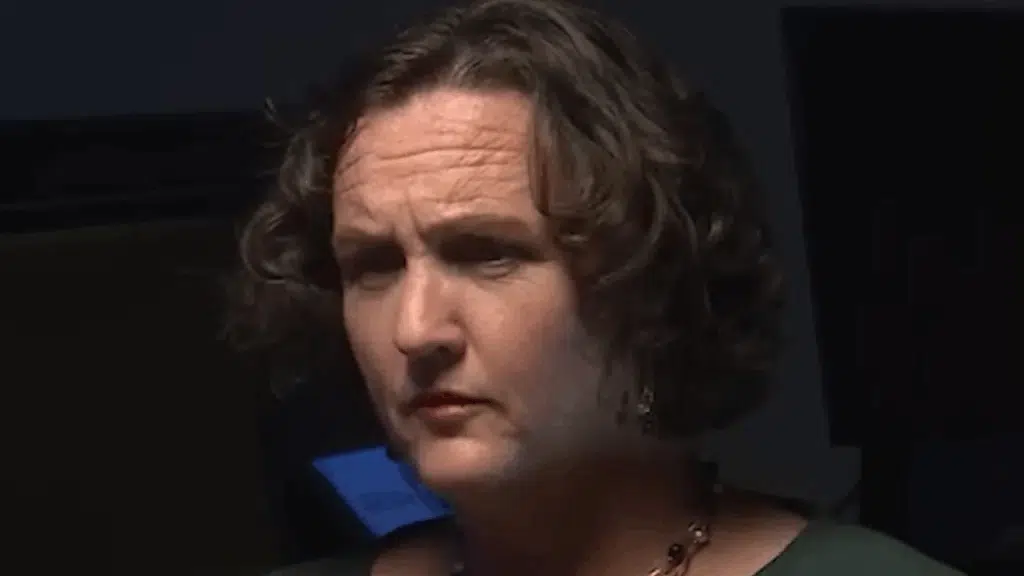
Curriculum Over Currency, Sense Over Cents
The American public school system spends a lot of money on each student. Schools in the United States spend an average of $19,973 per pupil, the 2nd-highest amount per pupil (after adjusting to local currency values) among the 40 other developed nations in the Organization for Economic Co-operation and Development (OECD).
Regarding a percentage of its gross domestic product (GDP), the United States ranks 4th among OECD members in spending on elementary education.
Among the states, New York schools spend the most on K-12 education per pupil, on average spending $33,440. Yet some schools spend considerably more and still produce depressing results. The New York Post found that according to new reports posted by the city Department of Education, dozens spend much more, up to $60,000-plus, while producing math and reading scores well below the citywide average, records show.
Last year, after Chancellor David Banks ordered many schools to adopt a new phonics-based curriculum, the citywide proficiency rate in reading for NYC students in grades 3-8 fell from 51.7 percent last year to 49.1 percent, according to preliminary results released this week. Math proficiency inched up 3.5 percentage points to 53 percent.
According to city data, it’s puzzling that many students with the lowest enrollments and, therefore, the highest cost per student failed to meet state standards in English Language Arts (ELA) and math. The final results scheduled for release this fall may differ because the preliminary data does not include scores for children learning to speak English – their scores are still being “verified,” according to documents.

“It’s really scary that students are performing so poorly with all that money being spent,” a DOE administrator who reviewed the data told The Post. “I’m shocked that district superintendents haven’t stepped in to question what’s going on.”
Each school’s budget primarily covers its own salaries, benefits, and supplies—not “central services” like food, maintenance, safety personnel, and transportation. DOE services average an additional $13,098 per student.
Here are some examples of the excessive budgets:
MS 371
According to its “School Budget at a Glance,” the School of Earth Exploration and Discovery, also known as SEED, spent $53,181 on each of its 95 students. Only 7 percent of those students scored 3 to 4.5, proficient and above, on the math exams, and 23 percent passed in reading.
The Harlem school has a budget of $3.29 million, which covers 14 subject teachers – nine for general education and five for special education – with a student-to-teacher ratio of 6.7. In addition to the teachers, the school also employs an attendance teacher, two therapists (speech and occupational), a guidance counselor, and a social worker.
A group of students who spoke to The Post before the school year ended reacted with shock and laughter upon learning of the $53,191 per-pupil funding. “It’s surprising because of how our school looks; it seems like we’re only getting $13 per kid, maybe even $2,” said Thandie, a 7th grader.
“They’re rich, but they act like they’re broke,” agreed classmate Omari.
“They don’t even want to give us pencils half the time,” said Ricardo Orta, 12, a fellow 7th grader.
MS 514
The New Design Middle School in West Harlem spent $63,007 per student during the last school year, with 84 students enrolled. An unusually high 59 percent of the students had special education plans, nearly three times the citywide average of 21 percent.
Donalda Chumney, a former Manhattan District 2 superintendent and current member of the Community Education Council 15 in Brooklyn, stated, “Students with special needs are concentrated in these schools where high poverty is already a concern. It’s a costly model that robs children of a thriving community, a robust academic program, and diverse peers.”
The school’s budget of $3.37 million includes 21 teachers, three therapists, a guidance counselor, a social worker, and nine aides, with three assigned to “crisis management.” However, the school’s academic performance falls below average, with only 13 percent of the students meeting state standards in math and 21 percent in reading on state exams.
PS 25
Enrollment at the Eubie Blake School in Bedford-Stuyvesant dropped to an all-time low of 55 students last year.
In 2018, advocates for families sued the Department of Education (DOE) to prevent the closure of the small school, which officials had deemed no longer sustainable.
This year, the school received $45,420 per student, much higher than the average. Only 15 percent of students had learning disabilities, which is lower than the citywide average.
The school’s $1.75 million budget includes nine teachers, resulting in a student-teacher ratio of 6:1, a social worker, and a crisis management aide.
Aaliyha, 15, who graduated four years ago and whose younger sister currently attends the school, mentioned, “It doesn’t seem like the school receives that much money. They don’t always have a lot of money for events, but they try to make sure it’s fun.”
This year, only three 5th graders took the state reading and math exams, so the results were withheld under federal student privacy law. Of the seven 3rd graders and nine 4th graders who took the ELA exams, three students in each grade were proficient. Six out of the nine 3rd graders and eight of the 11 4th graders passed the math exam.
Mayor Adams and the City Council have agreed to “hold harmless” schools with enrollment declines — meaning none will start in the fall with less than their initial budgets last year.
The Citizens Budget Commission, a watchdog organization, issued a report in July recommending against that policy.
Ana Champeny, the CBC’s vice president for research, said:
“When schools are held harmless, particularly when enrollment declines vary significantly, it creates more inequality. Now, schools experiencing decreases in enrollment will have significantly more resources per student.”
Champeny added that investing money in those schools should lead to better academic outcomes.
“The challenge is how to use the dollars more effectively and make sure that we’re actually getting good outcomes for our kids. This is so critical to the city’s future.”
David Bloomfield, an education professor at Brooklyn College and CUNY Grad Center, says the Department of Education should consolidate schools with low enrollments to adjust budgets.
He said:
“But those are politically challenging moves that the mayor wants to avoid.”
DOE spokesperson Nathaniel Styer declined to comment on the inefficiencies or the disappointing academic results.
“New York City Public Schools is proud to fund our schools in an equitable manner, based on the needs of our students, and to drive additional dollars to our highest need schools and students. We will continue to invest in our schools to ensure we serve every child no matter who they are.”
Money is obviously not the problem, so it must be either the curriculum, the teachers, or a combination of both. New York is not the only city with these issues; they are rampant nationwide.
Perhaps if more time were spent teaching the basics of reading, writing, and math instead of pushing the delusional CRT and the mental illness of gender dysphoria, all students would perform better.


